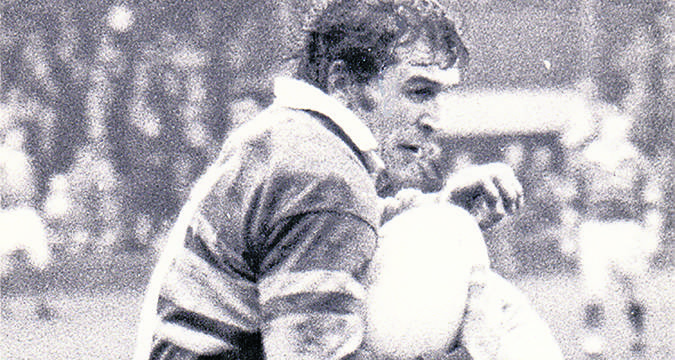 Castleford maestro who was coveted by the Aussies
Any list of the great British stand-offs would surely include Alan Hardisty near or at the very top.
This Castleford legend played at Wheldon Road from 1958 to 1971, playing over 400 matches and scoring more than 200 tries. He was at his peak in 1966 on the Lions Tour, when he was rated by eve
Castleford maestro who was coveted by the Aussies
Any list of the great British stand-offs would surely include Alan Hardisty near or at the very top.
This Castleford legend played at Wheldon Road from 1958 to 1971, playing over 400 matches and scoring more than 200 tries. He was at his peak in 1966 on the Lions Tour, when he was rated by eve Rugby League Heroes: Alan Hardisty
 Castleford maestro who was coveted by the Aussies
Any list of the great British stand-offs would surely include Alan Hardisty near or at the very top.
This Castleford legend played at Wheldon Road from 1958 to 1971, playing over 400 matches and scoring more than 200 tries. He was at his peak in 1966 on the Lions Tour, when he was rated by eve
Castleford maestro who was coveted by the Aussies
Any list of the great British stand-offs would surely include Alan Hardisty near or at the very top.
This Castleford legend played at Wheldon Road from 1958 to 1971, playing over 400 matches and scoring more than 200 tries. He was at his peak in 1966 on the Lions Tour, when he was rated by eve 